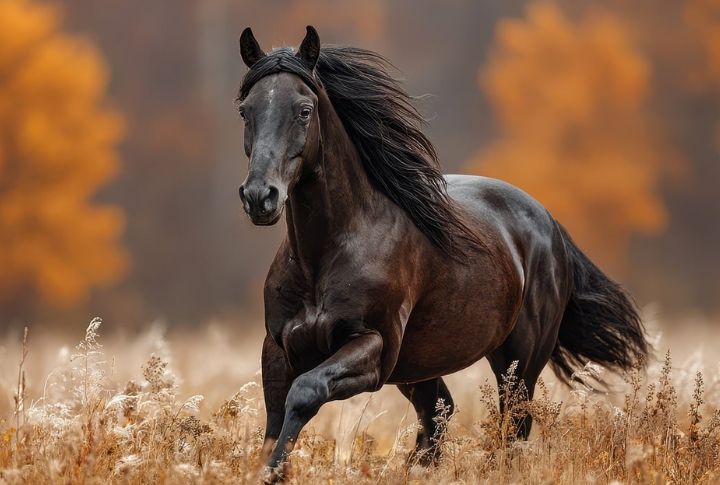
Wild horses roamed North America for millions of years before going extinct around 10,000 years ago due to dramatic climate swings and overhunting by early humans. The land remained without horses until the early 1500s, when Spanish explorers brought domestic breeds across the Atlantic—some of which escaped and formed the wild herds seen today. Here are 10 facts that unfold their remarkable comeback.
Horses Originated In North America
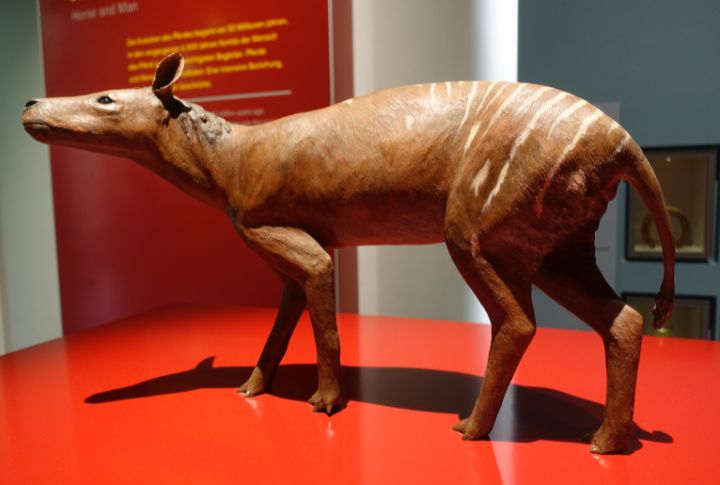
Long before the modern Mustang, horses first emerged in North America around 55 million years ago. They had tiny dog-sized ancestors like Eohippus, who had multiple toes and grazed in dense, leafy forests. They became the single-toed genus Equus around 4 million years ago, and you can still find their hoofprints preserved at fossil sites today.
Ancient Horses Crossed Continents
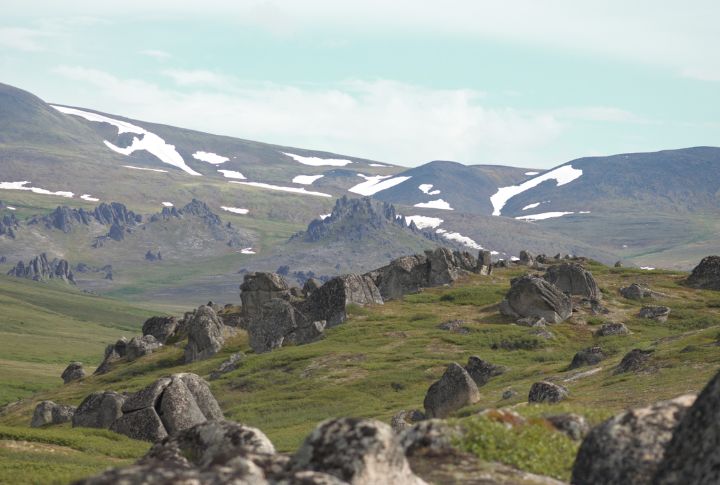
Millions of years ago, horses migrated from North America to Eurasia using the Bering Land Bridge. These early travelers shaped future species, with some evolving into zebras and donkeys, at the same time, others became true horses. Their spread across continents created the diverse lineages seen in today’s global horse population.
Extinction During The Ice Age
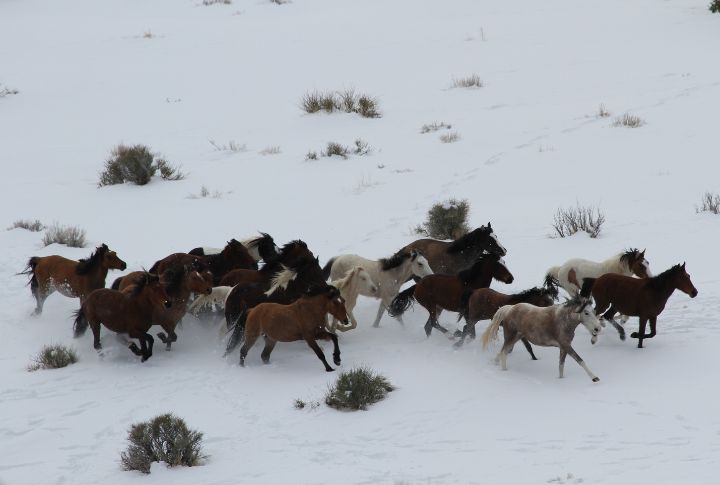
Roughly 11,000 years ago, wild horses vanished from this continent. A colder climate made grass scarce, and growing human hunting pressure pushed them over the edge. While horses survived in other parts of the world, in North America, they disappeared completely.
Spanish Reintroduced Horses
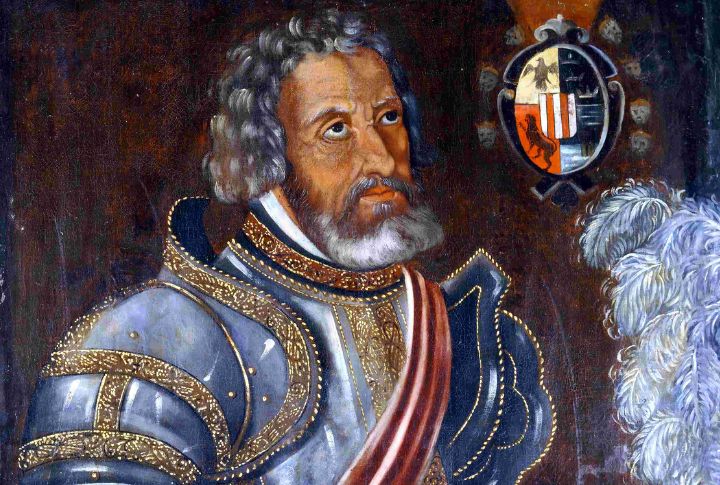
Horses returned to North America in 1519 when former Spanish governor Herna Cortes brought them ashore after centuries of absence. These were warhorses—used to marching through gunfire and carrying armored riders. Some later escaped and learned to survive on their own, becoming the ancestors of the wild mustang herds seen in recent times.
Native Americans And Horsemanship
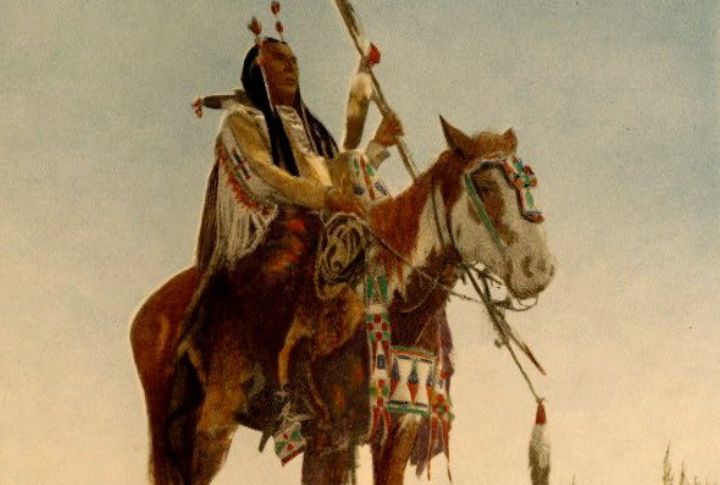
By the 1600s, wild horses had become part of daily life for tribes like the Comanche and Shoshone. They were carefully bred for riding, exchanged between tribes, and raised within communities. In some remains, archaeologists even found traces of maize—clear evidence that Native communities fed and cared for their herds.
Rise Of Mustangs In The West
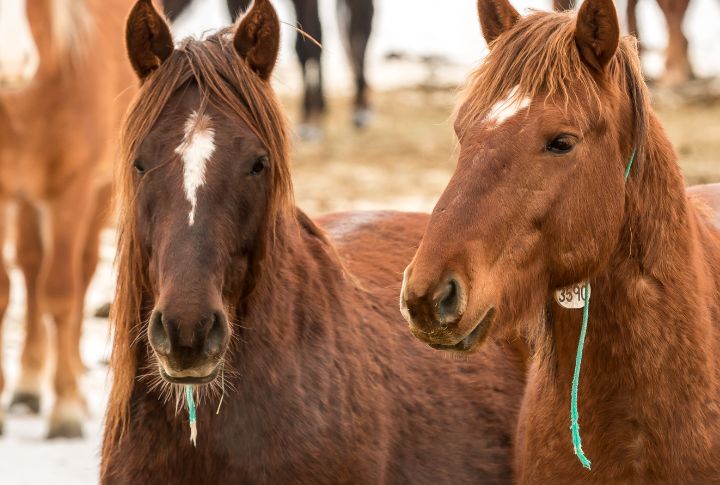
After their return, wild horses spread rapidly across the Great Plains. And by the 1800s, millions of mustangs roamed free across open grasslands and adapted to life on the plains. These horses descended from Spanish-bred animals, not ancient native breeds. Soon after, early explorers mentioned seeing vast, fast-moving herds grazing across Western fields.
Horses Transformed Life
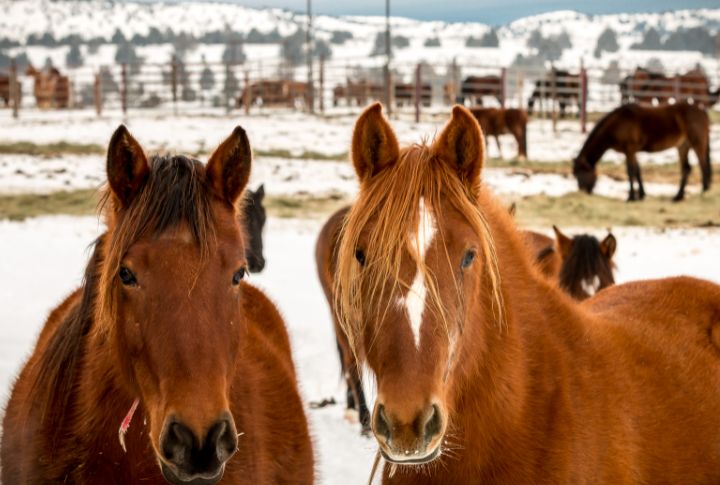
Long before trains or cars, horses changed how people moved and lived across North America. Some powered farming, carrying goods across rugged terrain, and pulled stagecoaches between distant towns. They also became a sign of status in many communities. On the battlefield, horses also gave soldiers a powerful edge, offering speed and control that often decided who won the fight.
Wild Herds Nearly Disappeared Again
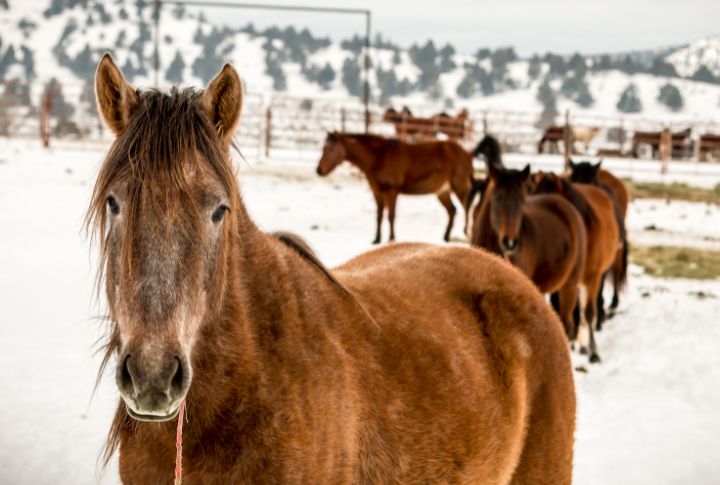
By the late 1960s, wild horses in the U.S. were vanishing fast. Open land shrank, and thousands were captured or slaughtered for pet food. Their numbers dropped to just 17,000. This rapid decline stirred public outrage, which led to a nationwide effort to save and protect the remaining free-roaming herds.
Laws Saved Wild Horses
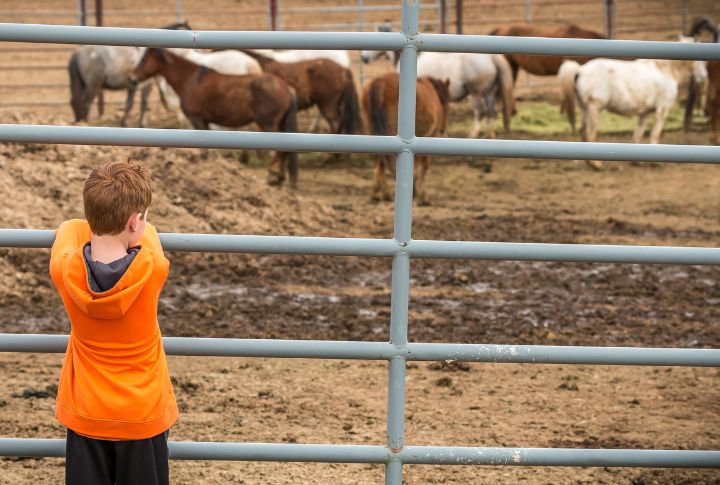
In 1971, lawmakers stepped in to protect wild horses and burros as part of American history. It was the mix of widespread public pressure and heartfelt letters from schoolchildren that finally swayed lawmakers. The new law stopped mass roundups and placed wild herds under federal management on public lands across the West.
Wild Horses Remain American Icons
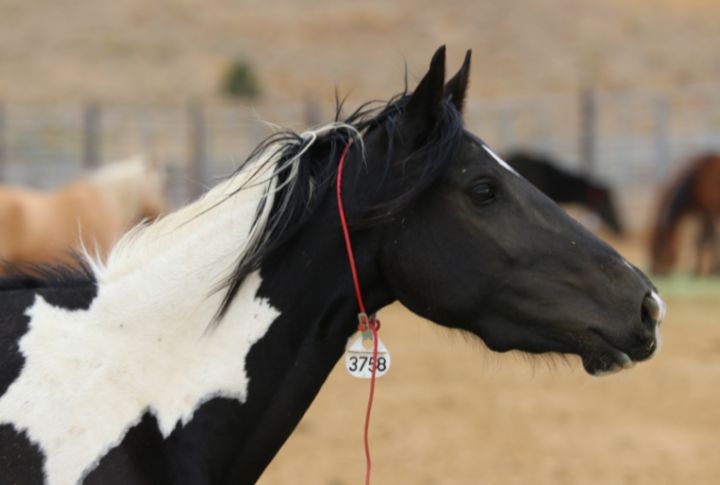
Today, over 6 million horses live in the United States, with mustangs holding a special place in national identity. Their image appears in art, films, and conservation campaigns. Several states even honor the Mustang as an official symbol. Their story remains one of survival, extinction, and deep American roots.

